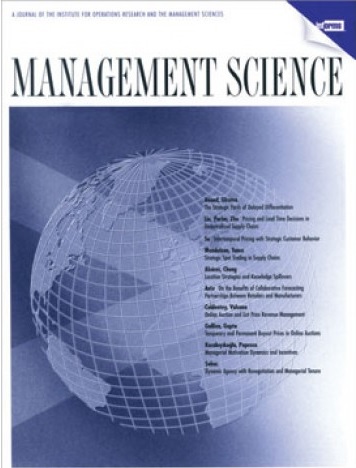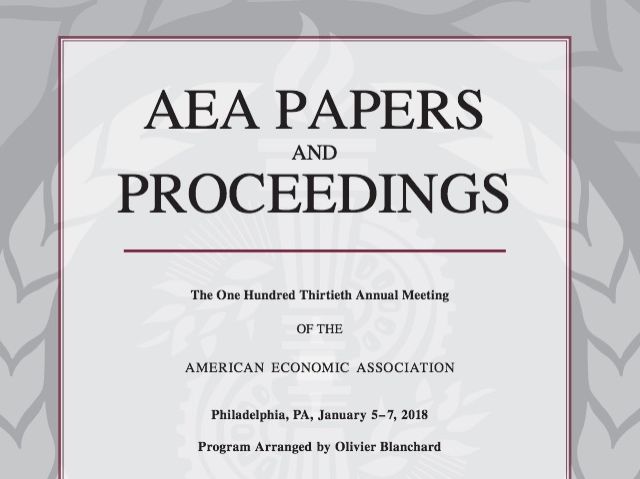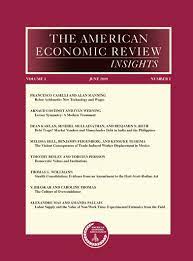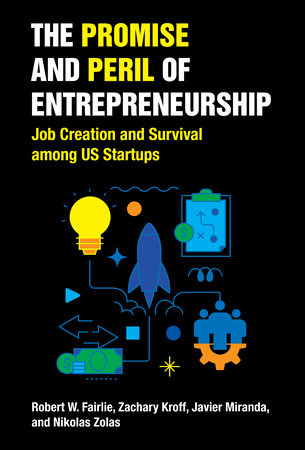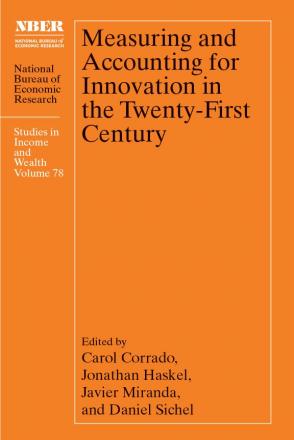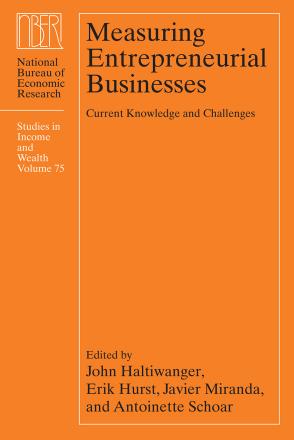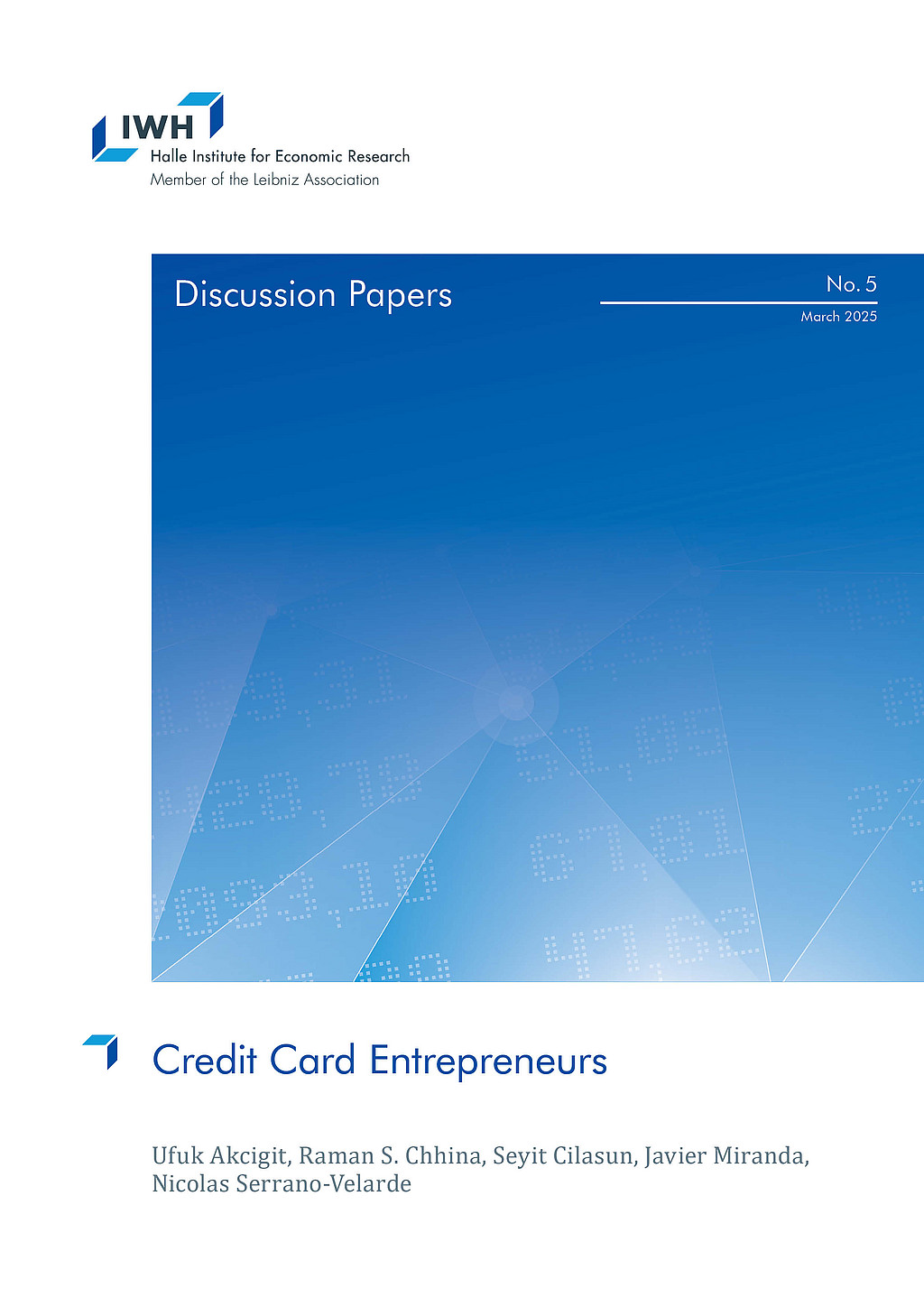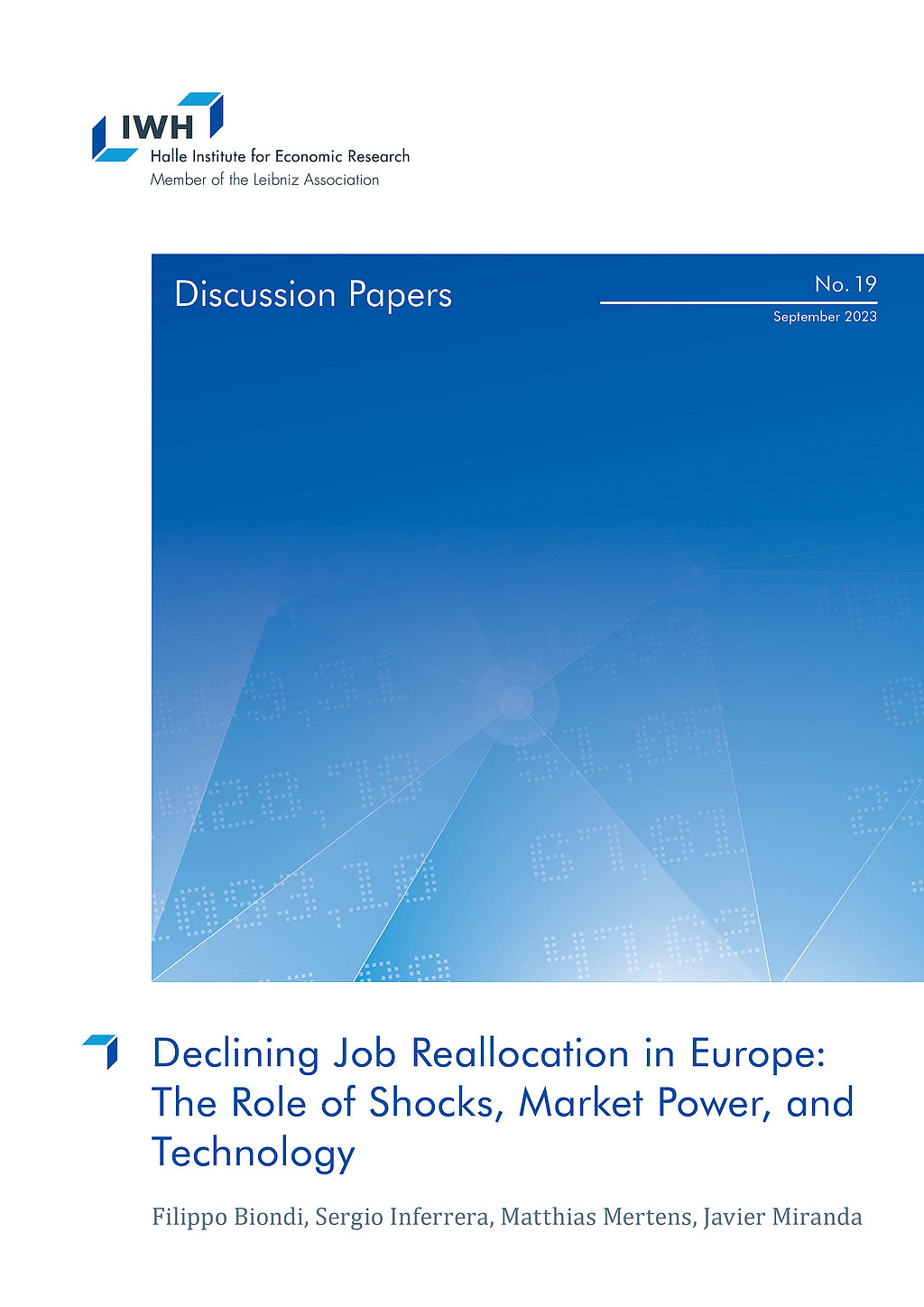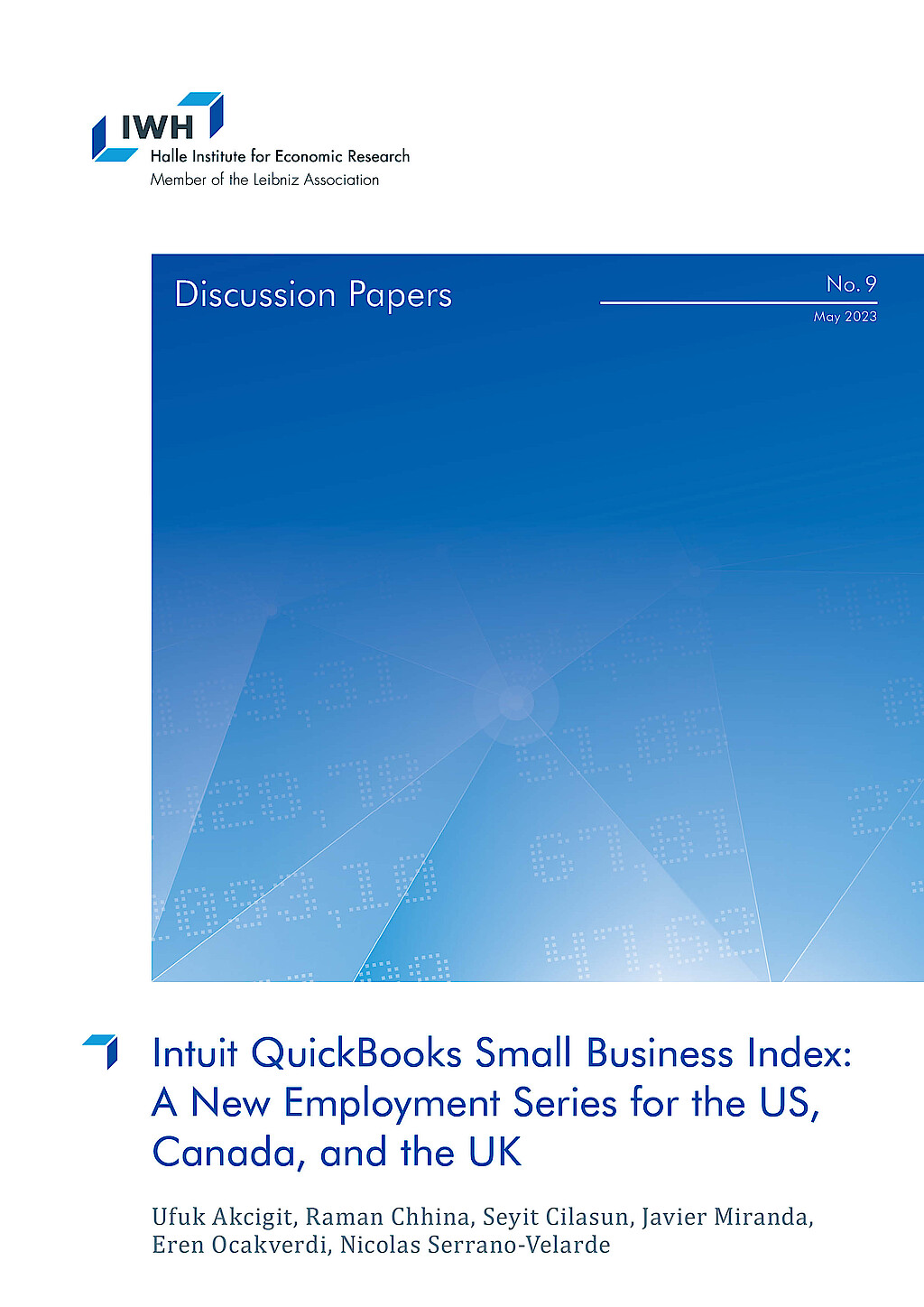Professor Javier Miranda, Ph.D.

Aktuelle Position
seit 1/25
Leiter des Zentrums für Firmen- und Produktivitätsdynamik (IWH-CBPD)
Leibniz-Institut für Wirtschaftsforschung Halle (IWH)
seit 1/23
Leiter der Forschungsgruppe Entrepreneurship, Innovation und Produktivitätswachstum
Leibniz-Institut für Wirtschaftsforschung Halle (IWH)
seit 4/21
Professor für Mikroökonomik insb. Produktivitätsforschung
Friedrich-Schiller-Universität Jena
Forschungsschwerpunkte
- Innovation
- Entrepreneurship
- empirische Produktivitätsforschung
Javier Miranda ist seit März 2021 am IWH und Professor an der Friedrich-Schiller-Universität Jena. Er leitet das Zentrum für Firmen- und Produktivitätsdynamik (IWH-CBPD) und das IWH-CompNet-Team. Javier Miranda forscht zu den Themen Unternehmensdynamik, Beschäftigung und Produktivitätswachstum, wachstumsstarke Unternehmen, Unternehmensfinanzierung, Innovation, Entrepreneurship sowie synthetische Daten.
Javier Miranda studierte an der Universidad Autónoma de Madrid und promovierte an der American University in Washington, D.C. Bevor er zum IWH kam, war er Principal Economist beim US Census Bureau.


